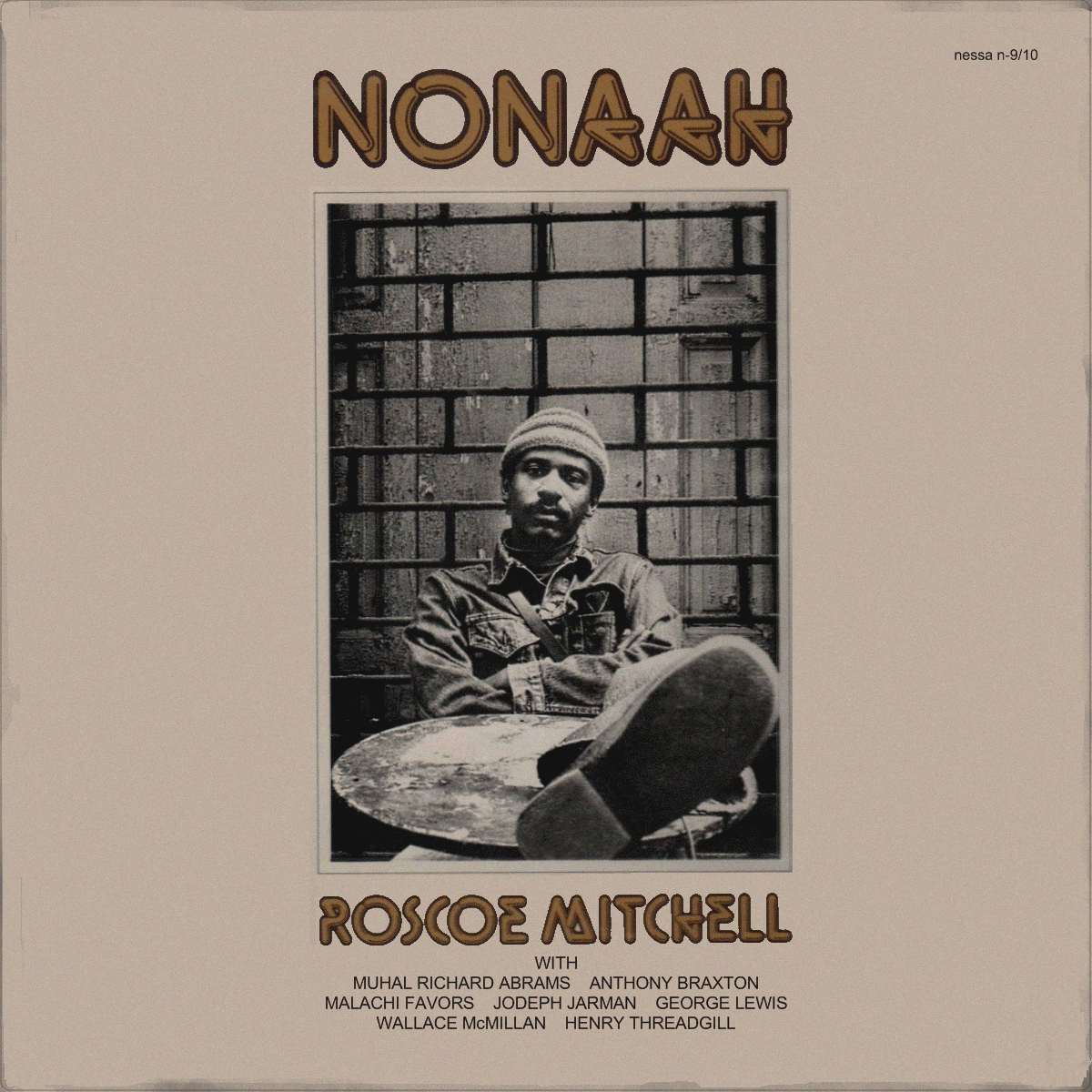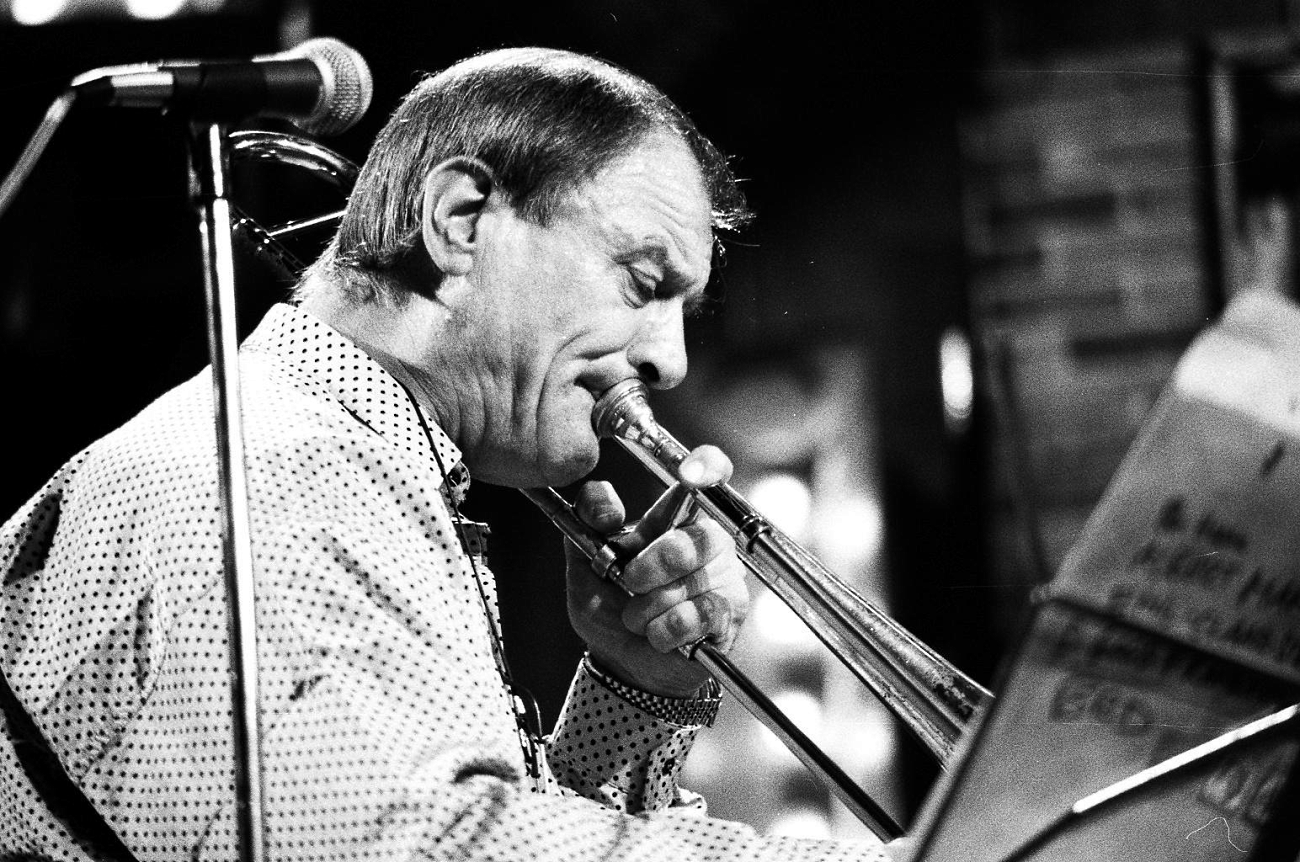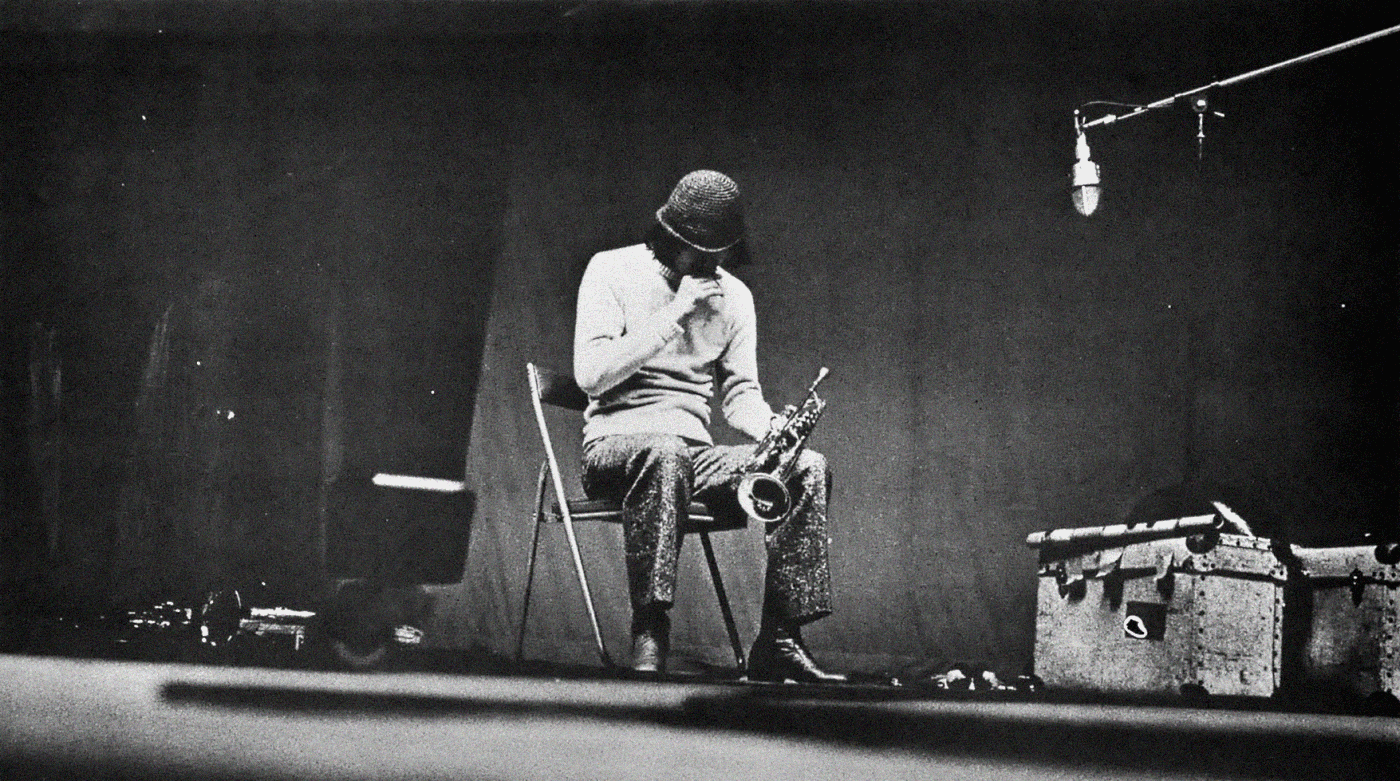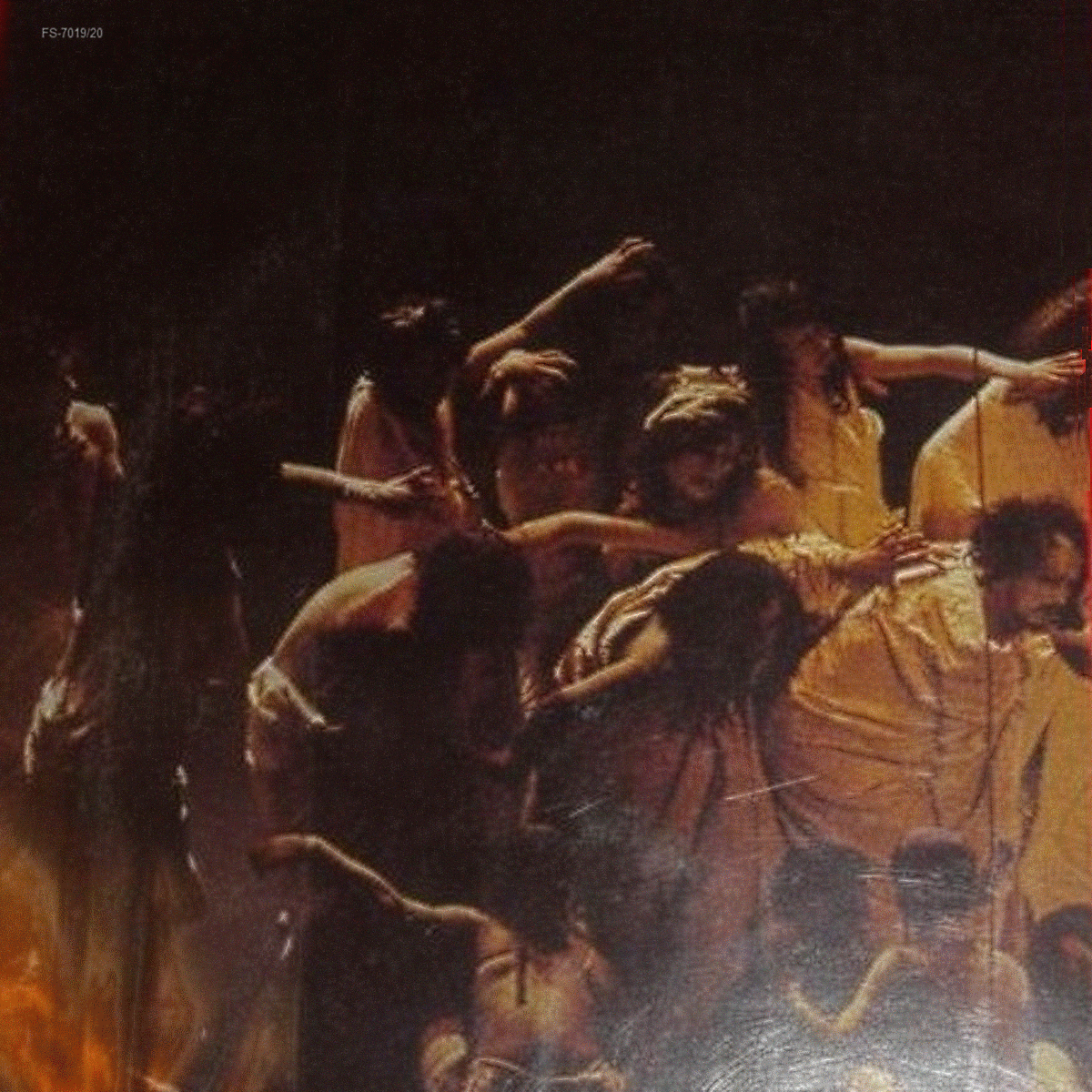Label: FMP – FMP 0760
Format: Vinyl, LP, Album; Country: Germany - Released: 24 July 1980
Style: Free Improvisation, Free Jazz
Recorded live during the Total Music Meeting '79, November 1, 2 and 4 at the Quartier Latin, Berlin
Artwork – Else Nothing
Photography By – Dagmar Gebers
Recorded By, Producer – Jost Gebers
Translation from German:
What at first surprising is the spectrum that is presented here. Such a "cool" Introduction as Becker's " Selb-Dritt " could have of these musicians can hardly wait some time ago. In between, however, there are plenty of musical and breakout, so of supercooled resignation can be no question. In general, one should be wary of too rapid emotional generalizations. What is visible, audible, is more differentiation. Also the train to the jazz tradition here is not nostalgia or hopelessness - more of a space for freedom, for in new contexts can be also about the experience and Played By free disposal. This ranges from bebop and hard bop to cool, to the classics of free jazz. Luckily, and I think that's a highlight worth train, the four musicians do not work with a quote chain of Aha-effects, but with their musical experiences. To imitator is most likely to experience lots. What surprised me: how seamlessly hand how well the transition from rhythmic passages open and found the reverse of traditional bound, swinging is. What surprised me: how in places the relative distinction of soloists and Accompanying einspielt again. I suspect that this is related to the quartet constellation, because selbviert could hear the musicians gathered here only rarely.
My tension was and is mostly the trio ( Petrowsky / Koch / Sommer or Petrowsky / Becker / Koch). In the quartet the result is an impression which certainly emphasizes the individual qualities of the musicians, but refers to the Sporadic of the Quartet meeting: A body or function is occasionally occupied (After Sommer playing alone as a full orchestra and Petrowsky is lately emerged as an unaccompanied soloist.) If Petrowsky, Sommer and Koch have long been known as an outstanding musician in jazz of the GDR, so is " Selb-Viert ", etc. therefore worth listening to, because it is first introduced here on a LP trumpeter / flugelhorn player Heinz Becker in a wider context as a soloist. The inspiration and precision of his runs, his-even without damper-in slow passages often restrained and verhangender sound, but especially the intuitive interaction with Petrowsky, contribute to the appeal of this plate. Petrowsky is often the urgent, the - not only as regards the pace - accelerating, Becker sometimes the prudent - structuring partner. Noteworthy are the phonetic equivalents - especially in the interplay of alto saxophone and flugelhorn. In unison - " Blues Connotation " by Coleman, the only pronounced historical reverence - and especially in the free Duoimprovisationen of the two winds, creates a difficult ponderable, fascinating blend of friction and agreement, which are undoubtedly some of the mentality of the players reflects . When Sommer then in " Not wanted " on his metallophonic marked odd, reminiscent of gamelan music time signatures or on the pool toys free accent chains and cook vigorously against it sweeps , they are up to date and own jazz idiom suddenly selbviert together, the long-standing and partly common Jazz companions.
_ By BERT NOGLIK
aus: Jazz Podium # 12, Dezember 1980
Buy this album!





.gif)
.gif)
.gif)



























































